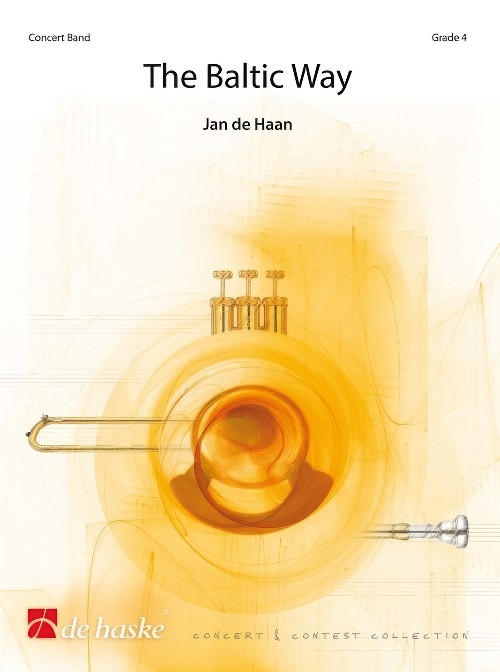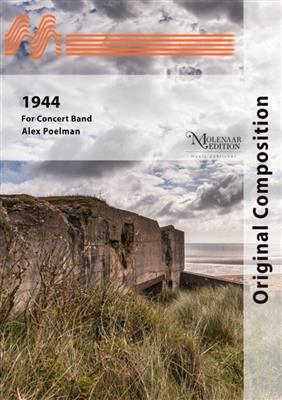Results
-
 £137.99
£137.99The Baltic Way (Concert Band - Score and Parts) - De Haan, Jan
In 1989, the demonstration named the Baltic Way, also known as the Baltic Chain, was held in the Baltic states of Estonia, Latvia and Lithuania by its citizens in a call for independence from the Soviet Union. On 23rd August 1989, some two million participants formed a human chain, hand-in-hand all the way from the Estonian capital of Tallinn its Latvian counterpart, Riga, through to the Lithuanian capital of Vilnius - six hundred kilometres long. It became the longest human chain ever created and turned out to be the final push needed for much sought-after independence. This historic event became the source of inspiration for this composition. The introduction of the first movement, 'Struggle for Independence', is based on a nocturne for piano by the renowned Lithuanian composer and painter Mikalojus Konstantinas Ciurlionis (1875-1911), thematic material from which has been incorporated throughout the whole composition. The melancholic beginning is followed by a powerful theme which reflects the resolve of the Baltic people. The sudden aggressive, dissonant chords and a dominant and, in rhythmic terms, contrary bass drum announce that the resistance is not going smoothly. Just for a moment, we hear the anthem of the Soviet Union in the lower brass, but this is relentlessly pushed to the background by the rest of the band playing the Lithuanian national anthem, 'Tautiska giesm?' (Lithuania, our homeland). The second movement, 'Decades of Suffering', echoes life under the Soviet Union's thumb. In the pursuit of independence, a peaceful protest is planned in which a human chain is formed across the Baltic states of Estonia, Latvia and Lithuania. This 'Chain of Freedom' is depicted in the final movement of the work. Duration: 10.30
Estimated dispatch 7-14 working days
-
 £165.60
£165.601944 - Alex Poelman
At the end of 1944, Allied troops invaded the Netherlands from Belgium. Hope and longing for freedom, which now seemed so close, swept through the Netherlands: Operation Market Garden was launched. Huge numbers of paratroopers made the dangerous jump to take over enemy territory on the south side of the Rhine. Fierce fighting and attempts to cross and secure the river resulted in heavy casualties for the liberating forces. Ground support from the south came too late and there was no alternative but to call off Operation Market Garden. What looked like a quick liberation of the Netherlands turned into a long, bitter struggle. To make matters worse, a harsh winter followed: hunger and cold ate away at hope and the prospect of a liberated Netherlands. The composition 1944 uses original radio fragments from 1944 to describe these events.Download the electronic sounds:fragmentADownload the electronic sounds:fragmentBDownload the electronic sounds:fragmentCDownload the electronic sounds:fragmentD
Estimated dispatch 7-14 working days
